An object or entity that is relevant to our enterprise.
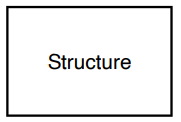
This is a part of the EDGY language.
Templates and model types in the QualiWare platform.
A result, goal or change we achieve within our enterprise or its ecosystem.
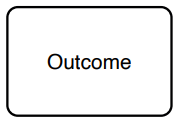
This is a part of the EDGY language.
A group of people working together to create intended outcomes.
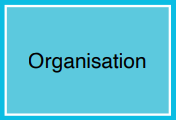
This is a part of the EDGY language.
An ontology diagram shows classes, object properties and datatype properties, as well as rules (especially set rules).
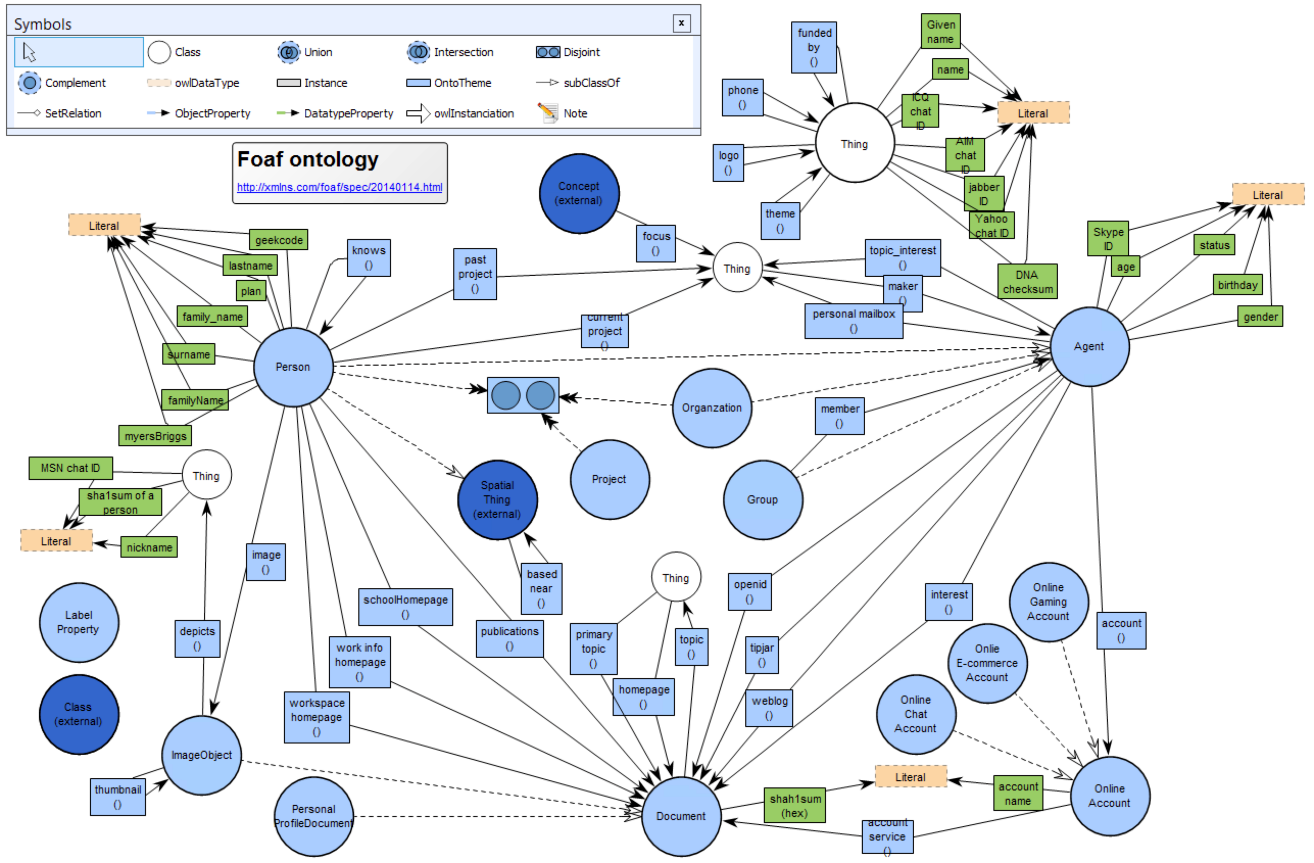
Symbols (Classes, Set Rules, Datatypes and Instances) are dragged from the palette into the drawing canvas.
Connections (subClassOf, SetRelation, ObjectProperty, DatatypeProperty and Instantiation) connect the appropriate symbols.
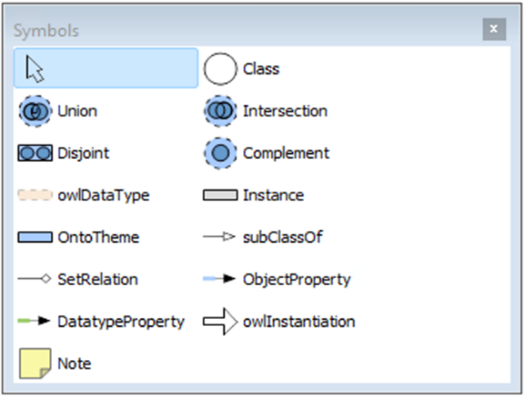
The ontology diagram symbols palette provides the set of symbols and links which are used to graphically represent the ontology:
owlInstanciation (connector linking a Class or a setRule to corresponding Instances)
As in any QualiWare diagram, connecting 2 symbols is achieved by selecting the connector, then the source symbol, then the target symbol, then giving it a name.
The coloring of the Class symbol is achieved based on the Class characteristics.
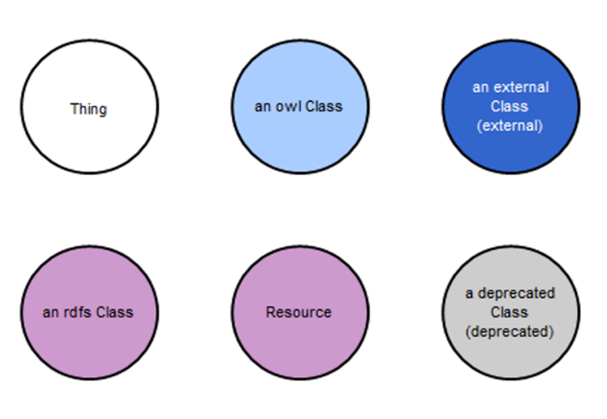
A class can be:
Since it is contextual to the edited diagram, defining a Class as being external to an ontology is achieved by selecting the classes which are external to the ontology depicted in the diagram copying them and pasting them in the “External Classes” field of the definition template of the diagram.
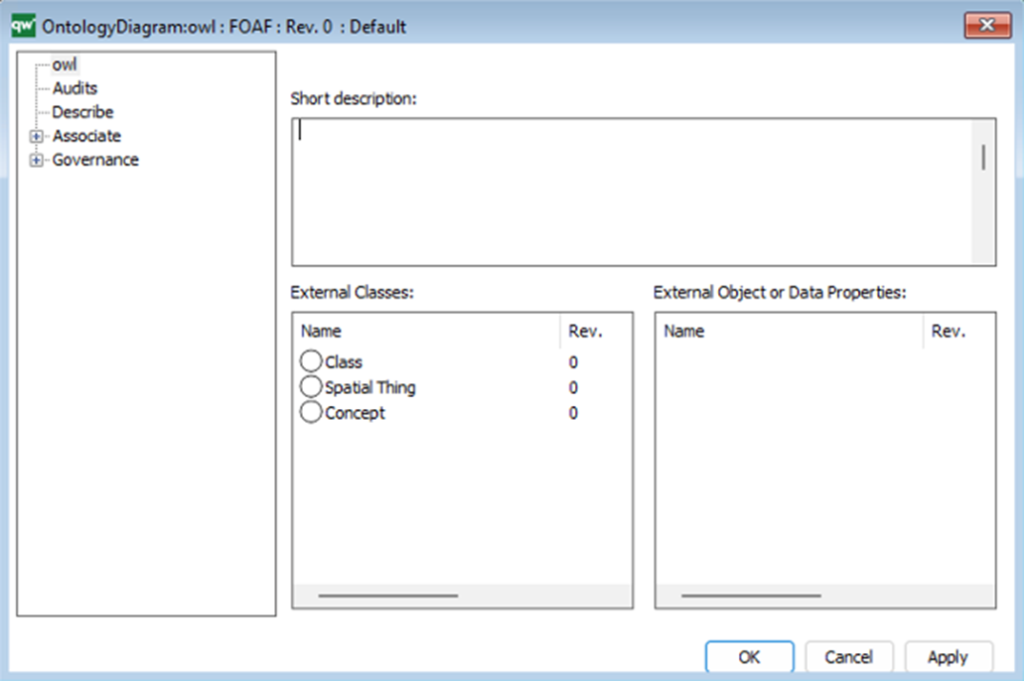
The same can be achieved for ObjectProperties which are external to the edited ontology.
A same Class (unique in the repository) can be a standard owl Class in the ontology defining it (and appearing pale blue in the diagram depicting this ontology) and dark blue (since external) in possibly many other diagrams depicting other ontologies referencing to this Class.
Same for ObjectProperties.
When closing a diagram, the corresponding Ontology instance (the one which refers to the diagram) is updated. Its contained Classes and Object Properties fields are updated.
The instances of Class, ObjectProperty, DatatypeProperty and set Rules instances edited in the diagram are also updated (see corresponding paragraphs)
Annotations are used to associate information with ontologies. These provide meaningful definitions to the ontology.
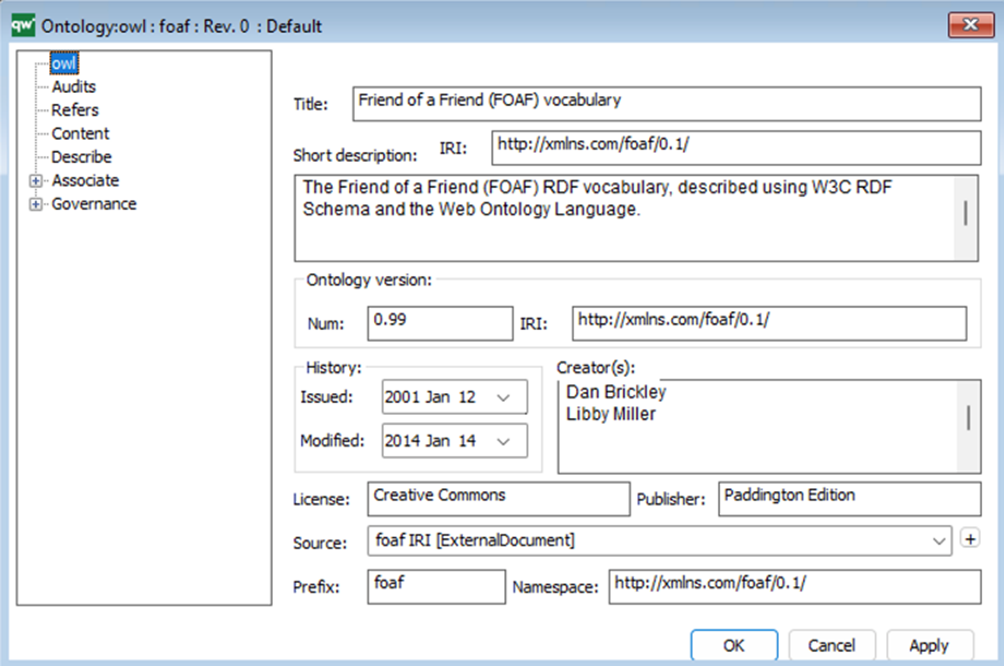
An ontology is defined and described with:
A Namespace definition
The “Prefix” is used as the reference to the described ontology, when its defined classes are referenced from another ontology. In the referring ontology the referenced classes appear as prefixed with this term. Supposing an ontology referencing “Person” (as defined in FOAF), this class will be prefixed as “foaf:Person” explicating that in the context of this ontology, “Person” must be understood as defined in FOAF.
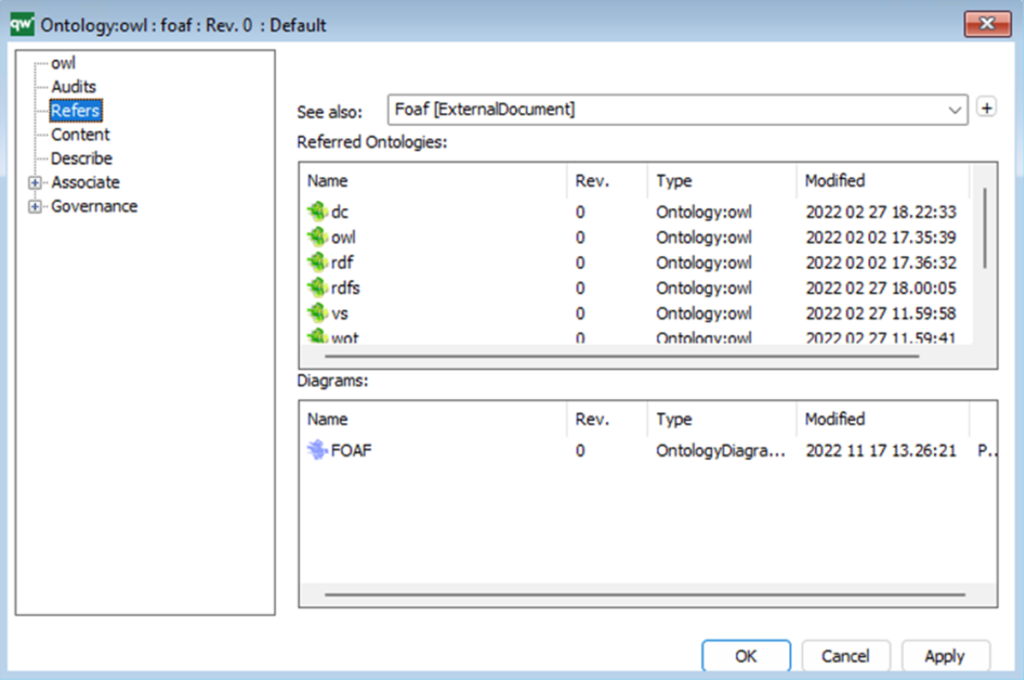
An ontology refers:
Diagrams (one or more diagrams presenting graphically the ontology)
Diagrams are based on the OntologyDiagram:owl template (see below in the “OntologyDiagram” paragraph).
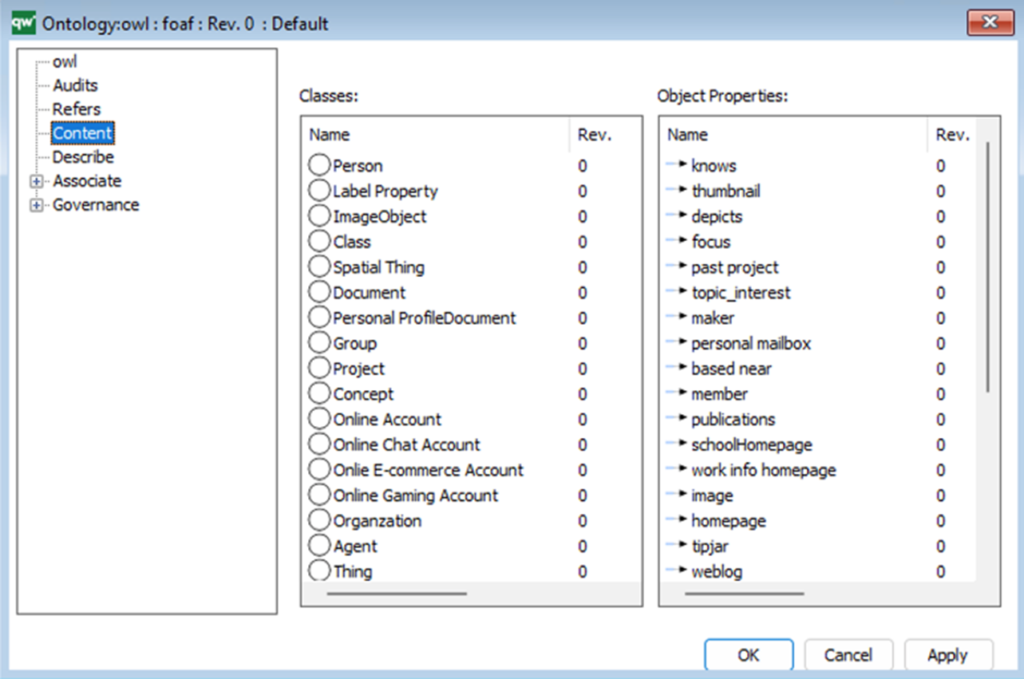
An ontology contains (is described with) :
Object Properties (these are the ObjectProperty:owl instances which appear in the Ontology Diagram)
These two fields are automatically filled at close of the Ontology Diagram which is referred to by the Ontology.
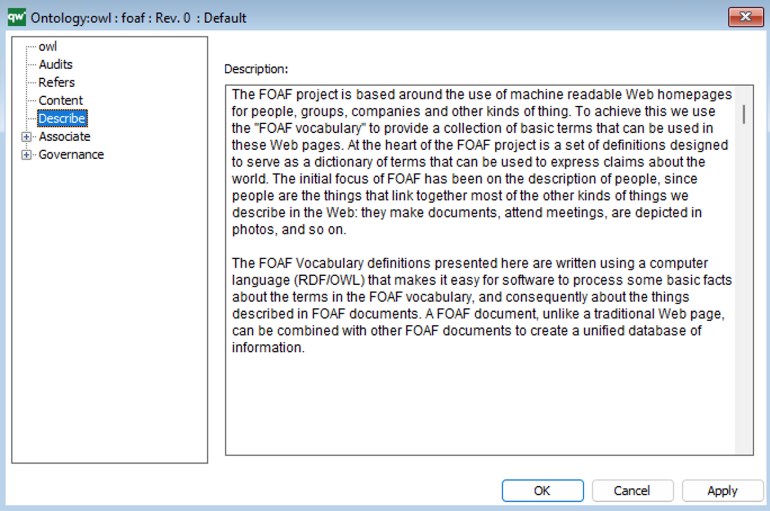
An ontology has a detailed description
These Annotation fields described above are edited by the ontology engineer when creating his/her ontology.
The ontology example (FOAF) we use to show these Annotations populated with content is an “up level” ontology and is published on the web.
Loading automatically these published ontologies makes sense. We used a semi-automatic way to load it.
Currently there is no fully automated load of ontology source document. We are working on it and will deliver this automatic load soon.
The ObjectProperty:owl template contains definitions, descriptions, and ontology characteristics according to the ontology diagrams which contain it. This content is synchronized at close of the diagram.
In the future, when there will be a rdf/owl (and possibly turtle and json) loader from a text source defining ontologies, these properties will be filled automatically, and the ontology diagram will also be generated.
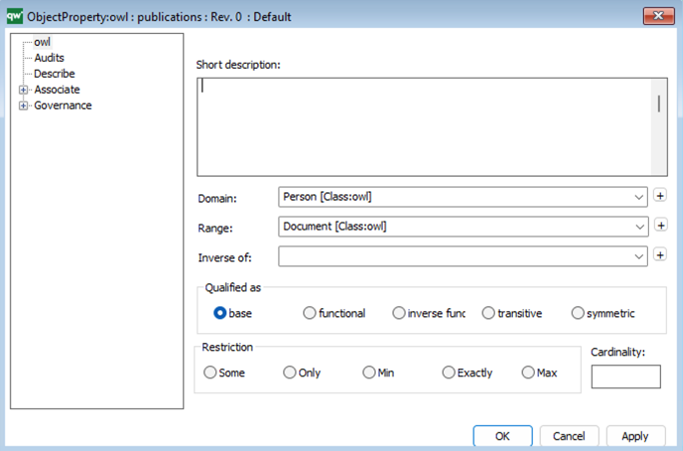
An ObjectProperty associates two classes. It is described with:
It can be Qualified as :
These characteristics determine the appearance of the ObjectProperty in the diagram
It can bear restrictions :
Purpose: The purpose of the MilkyWayEnterpriseMap diagram is to map the different elements into one diagram, creating a view of the enterprise
Core concerns: The MilkyWay enables you to collect objects of the different facets in the EDGY language in one diagram.
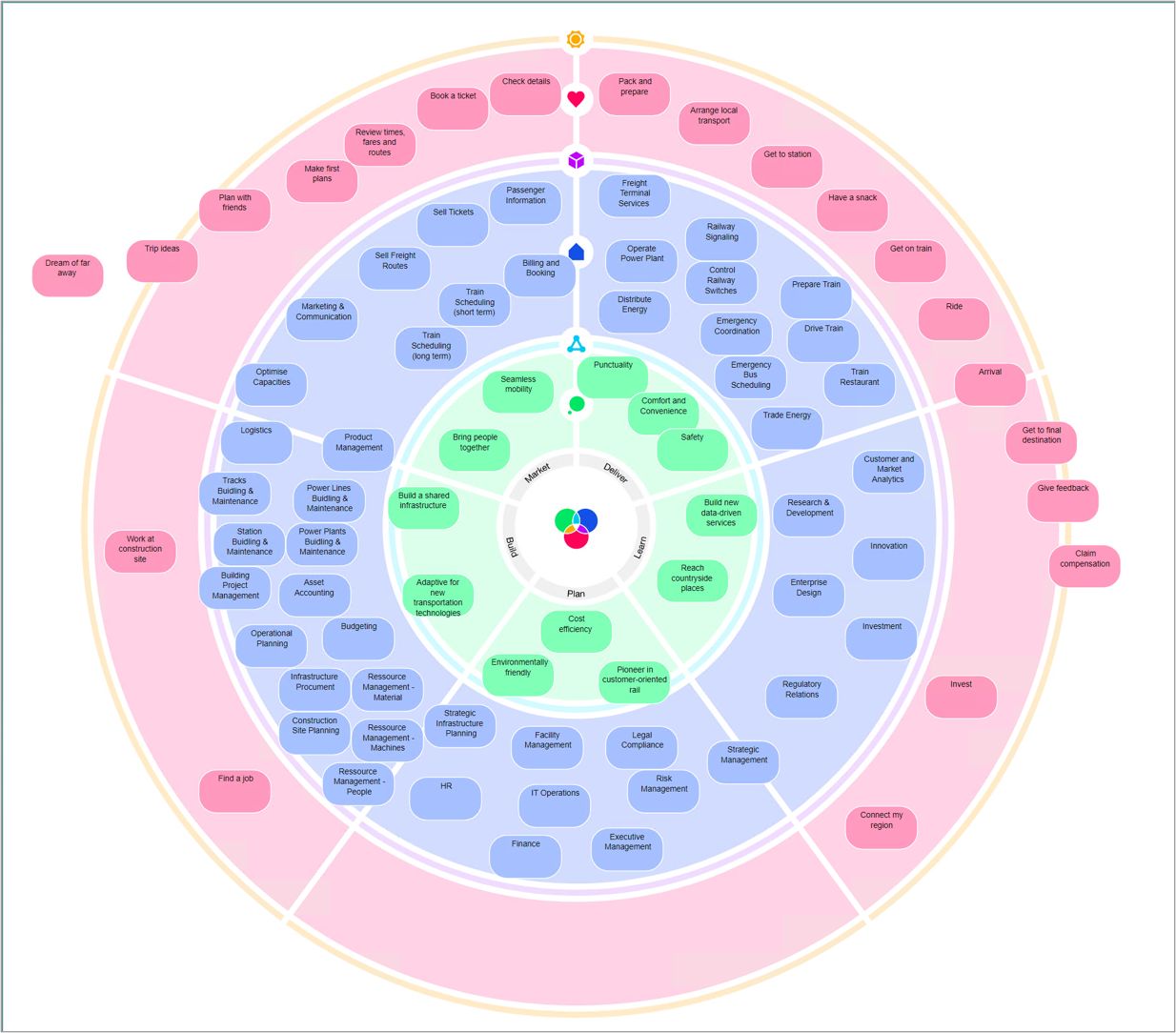
From the center and outwards, the milkyway shows: